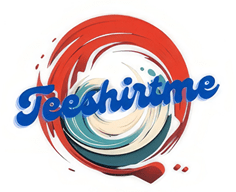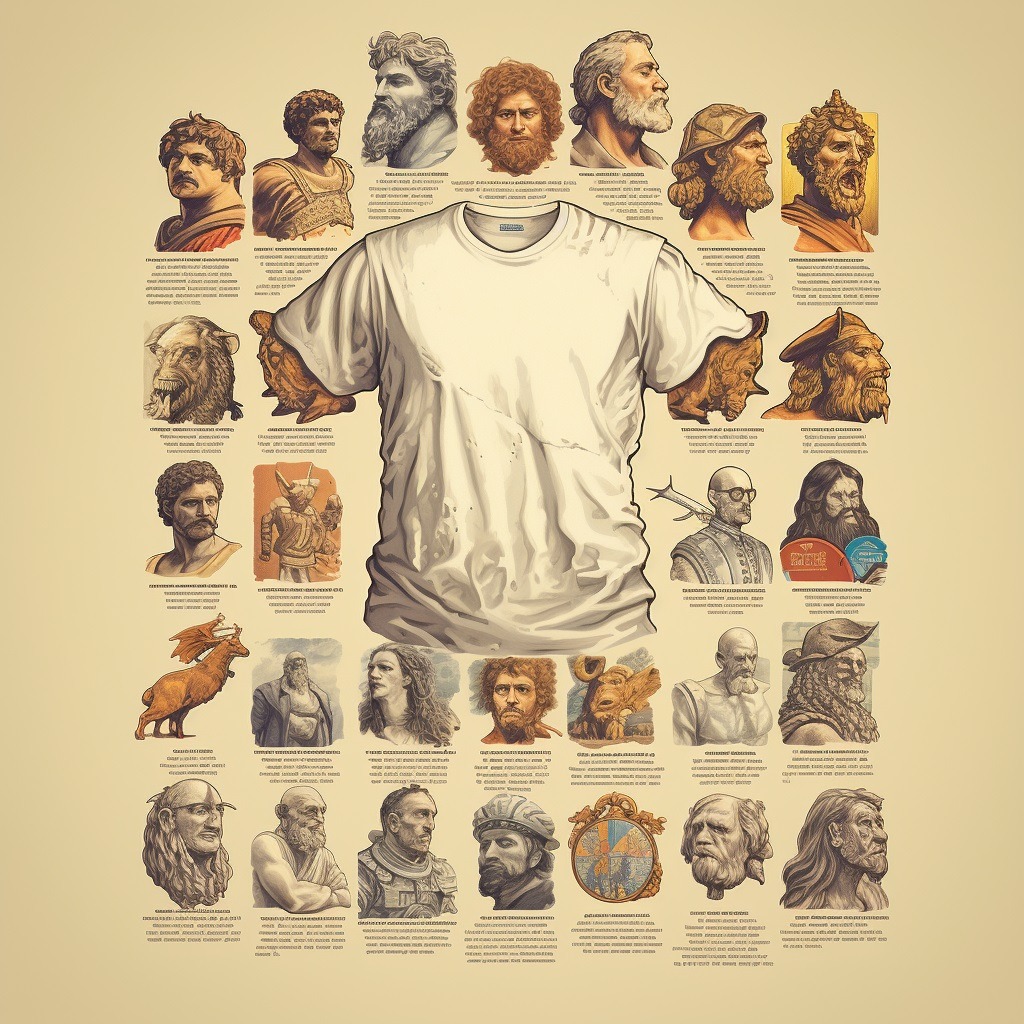Introduction: The T-shirt, a ubiquitous garment found in closets around the world, has a history that spans centuries, evolving from a humble undergarment to a cultural icon. Join us on a journey through time as we unravel the fascinating history of T-shirts and explore how this simple piece of clothing became a canvas for self-expression and a symbol of cultural shifts.
Early Beginnings: The origin of the T-shirt can be traced back to the 19th century. Initially, it served as an undergarment worn by laborers, sailors, and soldiers. Its design was practical—short-sleeved, lightweight, and easy to clean. The term “T-shirt” itself is derived from its T-shaped silhouette.
World War I and the Rise of the Undershirt: During World War I, the U.S. Navy issued T-shirts as part of the standard-issue undergarments for sailors. The practicality and comfort of this garment caught on, leading to its adoption by the Army as well. Post-war, veterans continued to wear T-shirts as undershirts, popularizing them in civilian life.
Hollywood and Pop Culture: The T-shirt gained visibility in the 1950s and 1960s, thanks to Hollywood icons like Marlon Brando and James Dean. Their rebellious and casual portrayal in films like “A Streetcar Named Desire” and “Rebel Without a Cause” turned the T-shirt into a symbol of youthful nonconformity.
Graphic Tees and Cultural Statements: The 1960s saw the emergence of graphic tees, with printed designs reflecting the counterculture movement. Band logos, political statements, and psychedelic imagery adorned T-shirts, making them a medium for self-expression. The tie-dye trend further cemented the T-shirt as a canvas for artistic and cultural statements.
T-Shirts and Music: The connection between T-shirts and music deepened in the 1970s and 1980s. Concert merchandise became highly sought after, featuring iconic band logos and album artwork. T-shirts became a tangible way for fans to express their allegiance to their favorite musicians and genres.
Branding and Corporate Logos: The late 20th century witnessed the rise of branded T-shirts. Logos of sports teams, corporations, and designer labels became prominently featured on T-shirts, turning them into status symbols. The cultural shift towards casual wear in the workplace further solidified the T-shirt’s place in mainstream fashion.
The Evolution of Activewear: With the growing emphasis on health and fitness in the late 20th century, T-shirts transitioned from casual wear to activewear. The breathable fabric and comfortable fit made them ideal for workouts, and the athleisure trend further blurred the lines between sports apparel and everyday fashion.
T-Shirts in the Digital Age: In the 21st century, the internet and e-commerce revolutionized the way T-shirts are designed, produced, and sold. Customization options allow individuals to create personalized T-shirts, and online platforms enable independent designers to reach global audiences.
Conclusion: A Cultural Staple and Artistic Canvas: From its humble beginnings as an undershirt to its current status as a cultural staple and artistic canvas, the T-shirt has undergone a remarkable transformation. It reflects the changing attitudes of society, serves as a medium for self-expression, and connects generations through shared cultural experiences. As we continue into the future, the T-shirt remains a timeless and versatile garment, weaving itself into the fabric of our collective history.







One thought on “From Undershirt to Icon: A Journey Through the History of T-Shirts.”
I’ve been surfing online more than 2 hours today,
yet I never found any interesting article like yours. It is pretty
worth enough for me. In my view, if all web owners and bloggers made good content
as you did, the net will be much more useful than ever before.